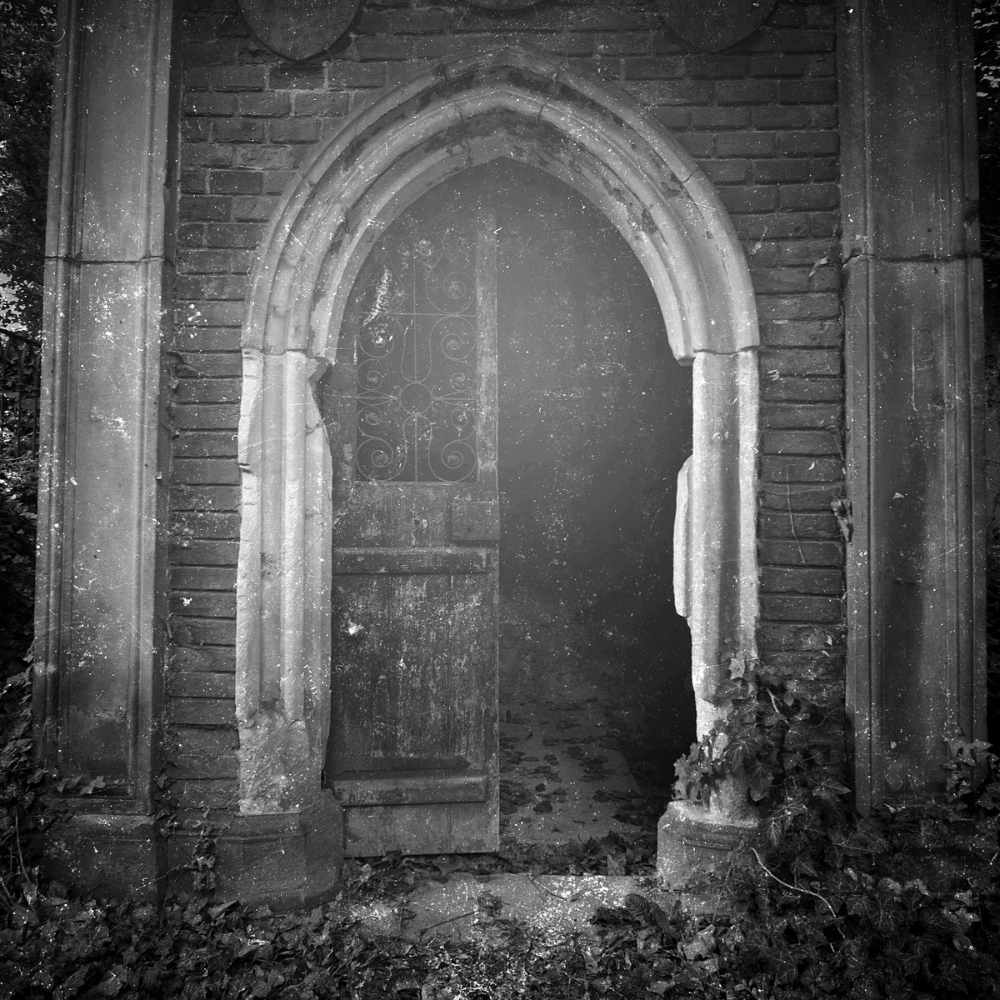Egypt unearths Pharaoh Thutmose II’s Tomb, a century milestone
In a landmark archaeological discovery, Egypt has announced the finding of the tomb of Pharaoh Thutmose II, the first such royal tomb unearthed in over a century. This momentous occasion has reignited global fascination with ancient Egyptian history, particularly as it marks the first pharaonic royal tomb discovery since King Tutankhamun’s in 1922.
The Egyptian Ministry of Tourism and Antiquities revealed that a joint Egyptian-British archaeological mission made the discovery near Luxor, west of the famed Valley of the Kings. This location places the tomb within the heart of ancient Thebes, a necropolis rich with royal burials.
Thutmose II and His Era
Thutmose II, a pharaoh of the 18th Dynasty, reigned during a pivotal period of ancient Egyptian history. His reign, though relatively short, was significant, and he was notably married to his half-sister, Hatshepsut, who would later become one of Egypt’s most powerful female pharaohs.
The discovery of his tomb provides invaluable insights into the burial practices and beliefs of this era. It also offers a tantalizing glimpse into the complex relationships and power dynamics within the royal court.
Key Findings and Significance
The identification of the tomb was made possible through the discovery of alabaster vessels bearing inscriptions of Thutmose II and Hatshepsut. Further confirmation came from fragments of funerary furniture and mortar with hieroglyphic inscriptions, including religious texts and celestial imagery.
However, the tomb’s condition reflects the passage of time and the challenges of preservation. Evidence suggests that the tomb suffered from flooding shortly after Thutmose II’s burial, resulting in damage and the displacement of many of its original contents.
Despite this, the discovery is considered a major archaeological breakthrough. The fact that this is the last “lost” tomb of the 18th dynasty pharaohs, adds to the importance of the find.
Archaeological Implications and Future Research
This discovery opens new avenues for research into the 18th Dynasty and the broader history of ancient Egypt. Archaeologists will meticulously analyze the artifacts and inscriptions found within the tomb, seeking to unravel the mysteries of Thutmose II’s reign and burial.
Furthermore, the discovery highlights the ongoing potential for archaeological discoveries in Egypt. The region around Luxor, with its rich history, continues to yield remarkable finds, reminding us of the enduring legacy of ancient Egyptian civilization.
Impact on Egyptian Tourism
The discovery of Thutmose II’s tomb is expected to have a significant impact on Egyptian tourism. Egypt has been actively promoting its archaeological heritage to attract visitors, and this latest discovery is sure to draw even more attention to the country’s historical treasures.
The Ministry of Tourism and Antiquities anticipates that the tomb will become a major attraction for tourists interested in ancient Egyptian history, further bolstering Egypt’s tourism sector.










